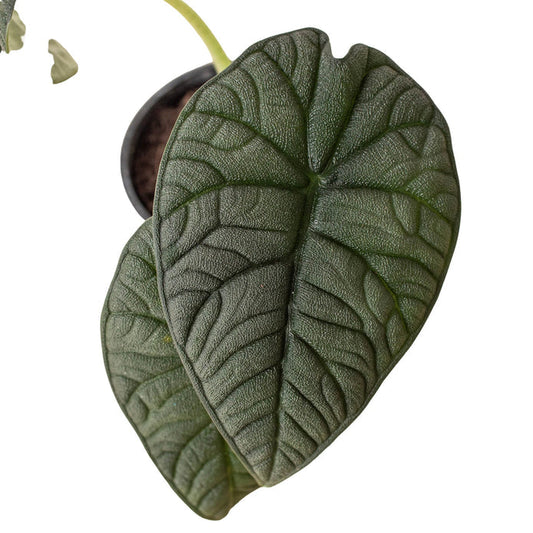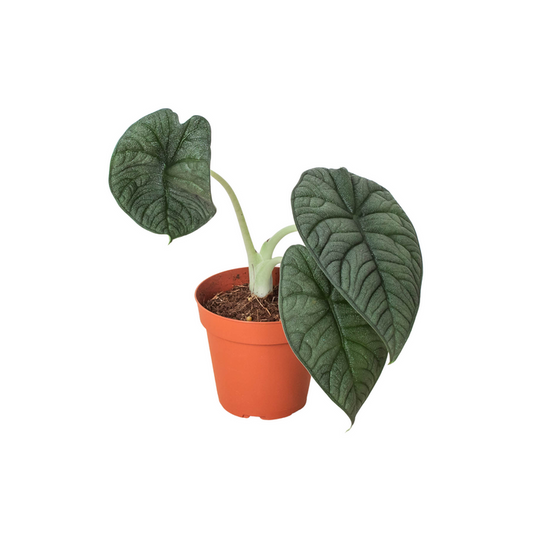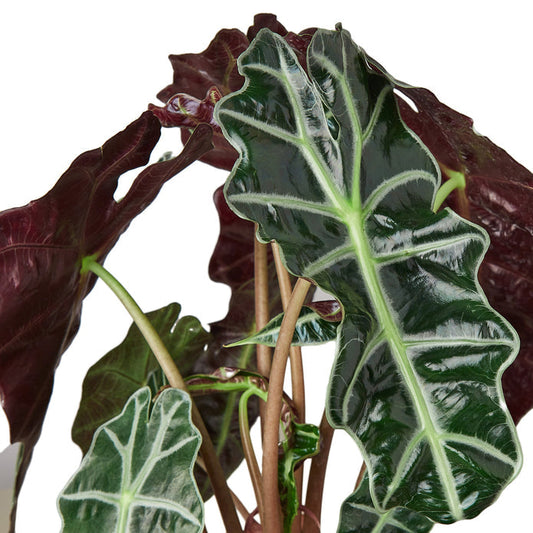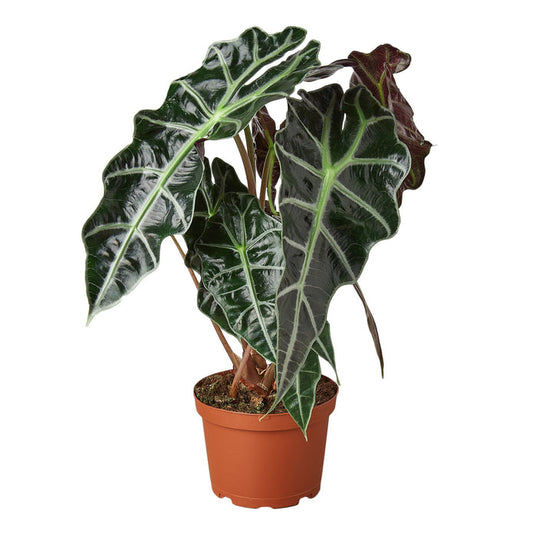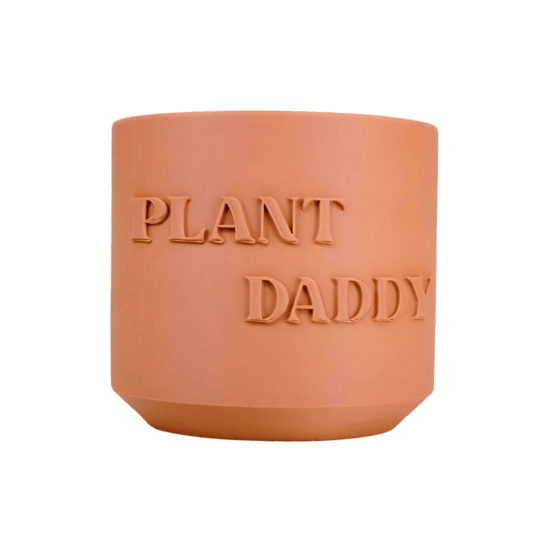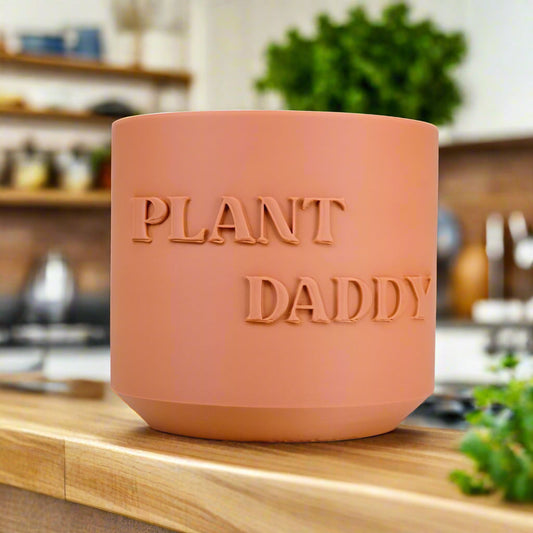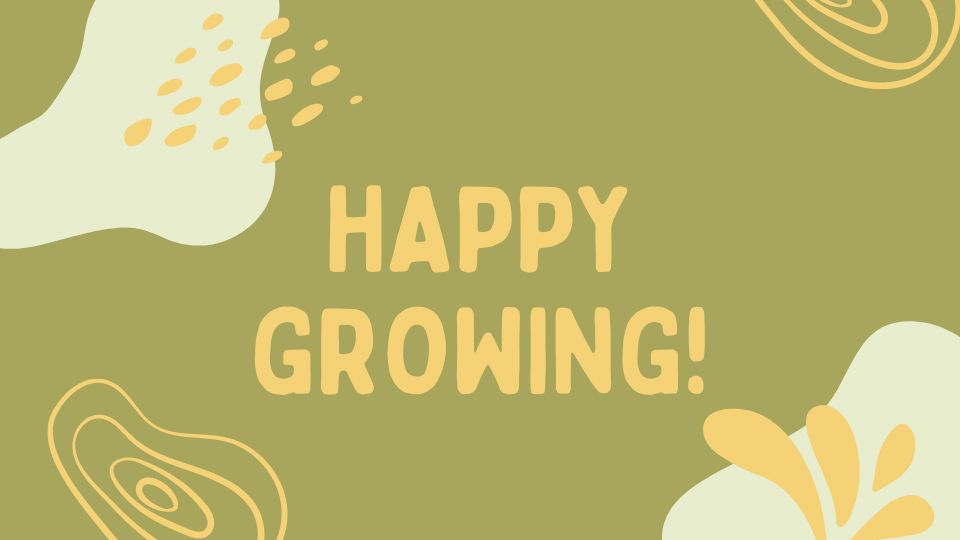
The Ultimate Guide to Keeping House Plants Alive
Green Memento
- Assess for damage before when you get your plant home.
- Use insecticide and quarantine.
- Remember: “Low-light” plants don’t exist — all plants need some direct sunlight.
- Take a cue from nature: Only water when soil is bone dry and then saturate it.
Remember"Low-light" plants don't exist
Most often, the fatal mistake plant parents make is not getting their plants to the right room. However, setting them in a cool room on the window sill, basement or even the garage can pose a danger. Plants don't have to be in direct sunlight to become ill. When you move them into their own room consider your indoor needs when planning how many plants you can have. Try keeping your plants in a sunnier part of the home, such as a front-facing window sill or a sunny window, so the plant will receive its required sunlight for growth.
Add Zen To Your Space
It’s a new year, and with all the promise and possibility that a new year brings, it’s a great time to add a plant to your home — at least a few! The greenest part of your home is its indoor environment, and plants bring both color and function to this spot. According to many studies, adding plants to your indoor environment will have a positive impact on your health. Not only does the environment change from a predominantly metal box into something with a more natural environment, but plants provide many important benefits, including Foliage. Plants are visually pleasing & clean the air around you.
Use insecticide and quarantine
Insects are a great way to hurt your plant, but they are also a great way to stop & eliminate pests and parasites by utilizing a combination of non-chemical methods. Non-chemical controls include inspecting the plant, using insecticidal soap or permethrin spray, using insecticidal soaps, or placing so-called predatory bacteria on the leaves of your plant. Be sure to reapply these treatments after temperatures drop, which will stop insect activity. If an insecticidal soap or a bacterial-based product is required, always give your plant a 1-3 day rest period before applying treatment. With a chemical spray, apply it to a flat surface in the morning and reapply later in the afternoon.
Assess for damage
The biggest danger for house plants is damage from animals, mold, or chemicals in your water, soil, or air. While most common problems like spider mites and ants can be ignored, these plants should be immediately removed. Ditto if your house has recently been gutted, soiled, or cleaned with pesticides or disinfectants, as all these can kill house plants. What’s more, when people handle plants often, the roots can end up being pinched by nails or broken off by screws. If you see a critter chewing away, remove the plant from the area.
Conclusion
I’ve got to tell you, keeping houseplants alive is a journey. You’ve got to get used to watering, feeding, and pruning. And remember, you’ll make mistakes. But the payoff is incredible: One of the most unique and relaxing places on Earth is a home filled with living things. Give the green thumb a try and let’s see how your plant’s living landscape brings a bit of zen to your home.

